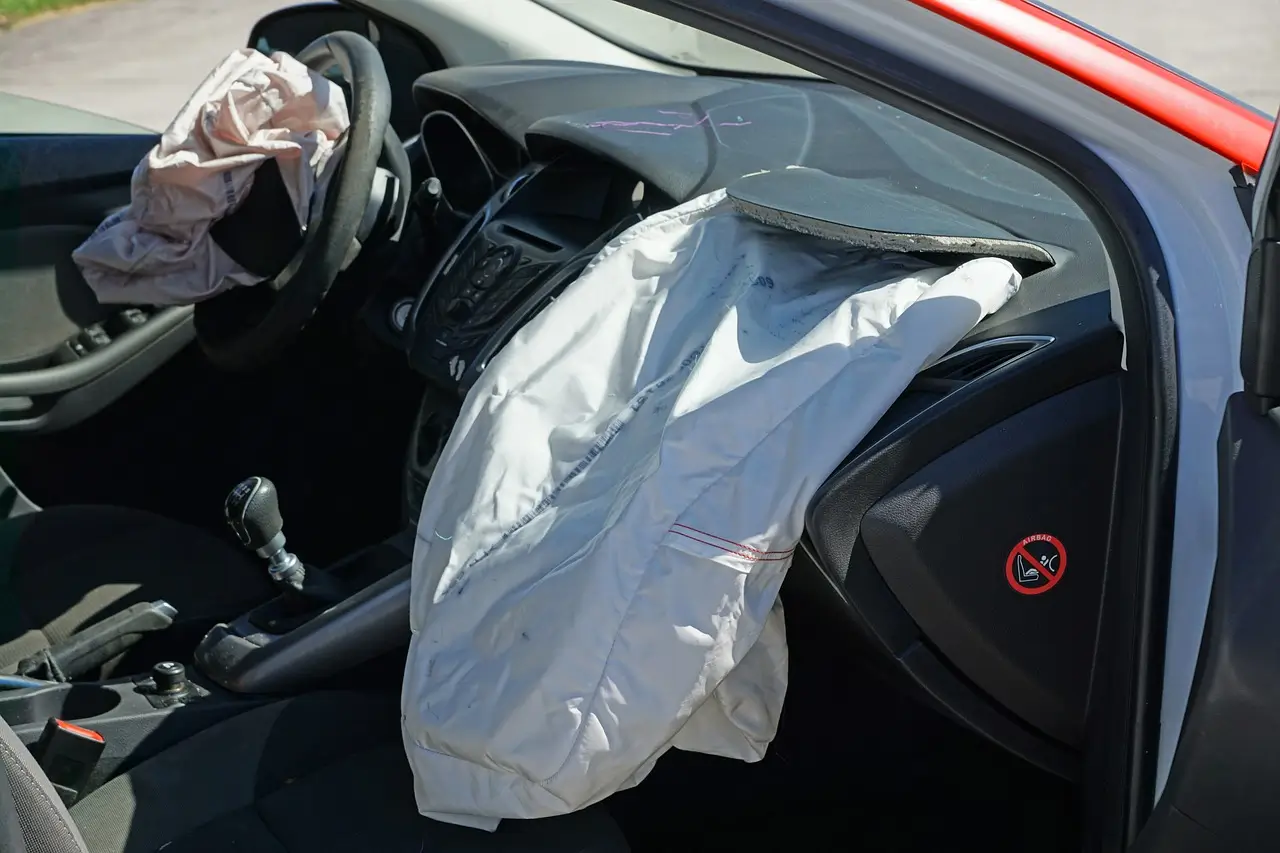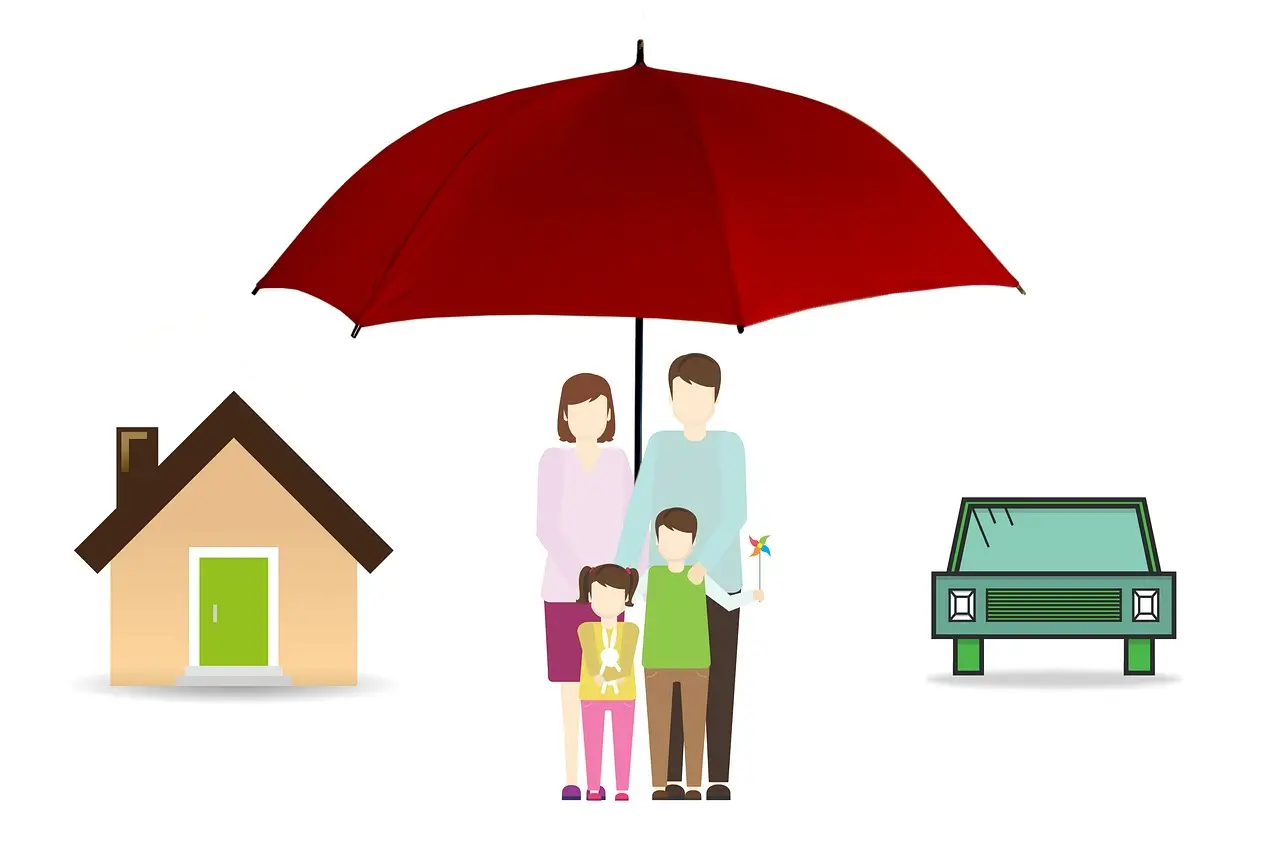Top Strategies for Saving on Car Insurance
Car Insurance can be a significant expense, but did you know there are smart ways to save on your premium? In this guide, we’ll uncover the top strategies to lower your car insurance costs without compromising coverage. Ready to keep more money in your pocket? Let’s explore how you can get the best deals and discounts on your car insurance. Keep reading to discover the secrets to smarter car insurance savings!
Top Strategies for Saving on Car Insurance
When it comes to car insurance, many people feel trapped by high premiums. However, there are numerous strategies you can use to lower your costs while maintaining adequate coverage. From understanding policy options to leveraging discounts, this guide will provide you with the insights and tips needed to save on car insurance effectively.
Understanding Car Insurance Basics
Before diving into saving strategies, it’s crucial to understand the basics of car insurance. Knowing what you’re paying for can help you make informed decisions and identify areas where you can cut costs.
Types of Coverage
Car insurance policies typically include several types of coverage:
- Liability Coverage: Covers damages to others if you’re at fault in an accident.
- Collision Coverage: Pays for repairs to your vehicle after an accident.
- Comprehensive Coverage: Covers non-collision incidents like theft, vandalism, or natural disasters.
- Personal Injury Protection (PIP): Covers medical expenses for you and your passengers.
- Uninsured/Underinsured Motorist Coverage: Protects you if you’re in an accident with an uninsured or underinsured driver.
Real-Life Example
Mary, a new driver, initially opted for full coverage but realized later she could adjust her policy based on her vehicle’s age and her driving habits to save money.
Shop Around for the Best Rates
One of the most effective ways to save on car insurance is to shop around. Insurance rates can vary significantly between companies, so it’s worth taking the time to compare quotes.
Get Multiple Quotes
Use online comparison tools to get quotes from multiple insurers. This can give you a clear picture of who offers the best rates for the coverage you need.
Negotiate with Providers
Don’t be afraid to negotiate with insurance providers. If you find a better rate elsewhere, let your current insurer know and see if they can match or beat the offer.
Real-Life Example
John saved $300 annually by switching his car insurance after finding a better rate through an online comparison tool.
Leverage Discounts
Many insurance companies offer discounts that can significantly reduce your premium. Here are some common discounts to look out for:
Safe Driver Discounts
If you have a clean driving record with no accidents or traffic violations, you may qualify for a safe driver discount.
Multi-Policy Discounts
Bundling your car insurance with other policies, such as homeowners or renters insurance, can lead to substantial savings.
Good Student Discounts
Students with good grades may be eligible for discounts. Typically, a GPA of 3.0 or higher is required.
Real-Life Example
Sarah, a college student, maintained a high GPA and saved 15% on her car insurance premium through a good student discount.
Optimize Your Coverage
Reviewing and optimizing your coverage can help you avoid paying for unnecessary protection while ensuring you have adequate insurance.
Adjust Your Deductibles
Increasing your deductibles can lower your monthly premium. However, make sure you can afford the higher out-of-pocket cost in case of a claim.
Drop Unnecessary Coverage
If your car is older and has depreciated significantly, consider dropping comprehensive and collision coverage. The savings can outweigh the potential payout from a claim.
Real-Life Example
Mark reviewed his policy and realized he was over-insured. By adjusting his deductibles and dropping unnecessary coverage, he saved $400 annually.
Improve Your Credit Score
Your credit score can impact your car insurance rates. Insurers often use credit-based insurance scores to determine your premium.
Pay Bills on Time
Consistently paying your bills on time can help improve your credit score, which can lead to lower insurance rates.
Reduce Debt
Lowering your debt can also positively impact your credit score. Aim to keep your credit card balances low and pay off outstanding debts.
Real-Life Example
Emma focused on improving her credit score by paying off debt and managing her credit cards. Within a year, she saw her car insurance premium decrease by 10%.
Drive Safely and Maintain a Good Record
A clean driving record is one of the best ways to keep your car insurance costs low. Avoiding accidents and traffic violations can prevent rate increases and qualify you for safe driver discounts.
Attend Defensive Driving Courses
Some insurers offer discounts for completing a defensive driving course. These courses can improve your driving skills and reduce the likelihood of accidents.
Install Safety Features
Installing safety features like anti-lock brakes, airbags, and anti-theft devices can lead to discounts on your car insurance.
Real-Life Example
After installing an anti-theft device in his car, Jake received a 5% discount on his insurance premium.
Consider Usage-Based Insurance
Usage-based insurance (UBI) programs use telematics technology to monitor your driving habits. If you’re a safe driver, you could save money based on your actual driving behavior.
How UBI Works
Insurance companies provide a device or app that tracks your driving habits, including speed, braking, and mileage. Your premium is adjusted based on this data.
Benefits of UBI
UBI can be especially beneficial for low-mileage drivers or those who drive safely. It provides a personalized rate based on your driving, potentially leading to significant savings.
Real-Life Example
Linda enrolled in a UBI program and, thanks to her safe driving habits, saved 20% on her car insurance premium.
Annual Policy Review
Review your car insurance policy annually to ensure it still meets your needs and provides the best rate. Life changes, such as moving or buying a new car, can affect your insurance needs.
Update Your Information
Make sure your insurer has up-to-date information about your driving habits, vehicle, and any other relevant details. Accurate information can help you get the best rate.
Re-evaluate Coverage
Assess whether your current coverage is appropriate for your situation. Adjust your policy as needed to optimize your savings and protection.
Real-Life Example
When Kevin moved to a safer neighborhood, his insurer offered a lower rate due to the reduced risk. Regular policy reviews helped him maintain optimal coverage at the best price.
FAQs About Car Insurance
What is car insurance?
Car insurance is a contract between you and an insurance company that protects you against financial loss in the event of an accident or theft. In exchange for premium payments, the insurer provides coverage for damages, medical expenses, and liability.
How can I lower my car insurance premium?
You can lower your premium by shopping around for the best rates, leveraging discounts, optimizing your coverage, improving your credit score, maintaining a clean driving record, considering usage-based insurance, and reviewing your policy annually.
What types of car insurance coverage are available?
Common types of car insurance coverage include liability, collision, comprehensive, personal injury protection (PIP), and uninsured/underinsured motorist coverage. Each type offers different protections and benefits.
What factors affect car insurance rates?
Car insurance rates are influenced by factors such as your driving record, credit score, vehicle type, location, coverage level, and personal demographics. Insurers use these factors to assess risk and determine premiums.
Is it necessary to have full coverage on an older car?
Full coverage may not be necessary for older cars with low market value. Consider dropping comprehensive and collision coverage if the cost of coverage exceeds the potential payout from a claim.
How often should I review my car insurance policy?
Review your car insurance policy annually or whenever you experience significant life changes, such as moving, getting married, or buying a new car. Regular reviews help ensure you have the best coverage at the most affordable rate.
Can installing safety features lower my car insurance premium?
Yes, installing safety features like anti-lock brakes, airbags, and anti-theft devices can lead to discounts on your car insurance premium. These features reduce the risk of accidents and theft, which insurers reward with lower rates.
What is usage-based insurance, and how does it work?
Usage-based insurance (UBI) programs use telematics technology to monitor your driving habits, such as speed, braking, and mileage. Your premium is adjusted based on your actual driving behavior, potentially leading to significant savings for safe drivers.
Are there discounts available for young drivers?
Yes, many insurers offer discounts for young drivers who maintain good grades, complete driver’s education courses, or participate in safe driving programs. These discounts help offset the typically higher premiums for younger drivers.
How does my credit score affect my car insurance premium?
Insurers often use credit-based insurance scores to determine your premium. A higher credit score can lead to lower insurance rates, as it indicates financial responsibility and reduced risk for the insurer.
By following these strategies, you can significantly reduce your car insurance costs while maintaining adequate coverage. From understanding the basics to leveraging discounts and optimizing your policy, these tips will help you save money and achieve financial peace of mind. Remember, staying proactive and regularly reviewing your insurance needs are key to ensuring you always get the best deal.






